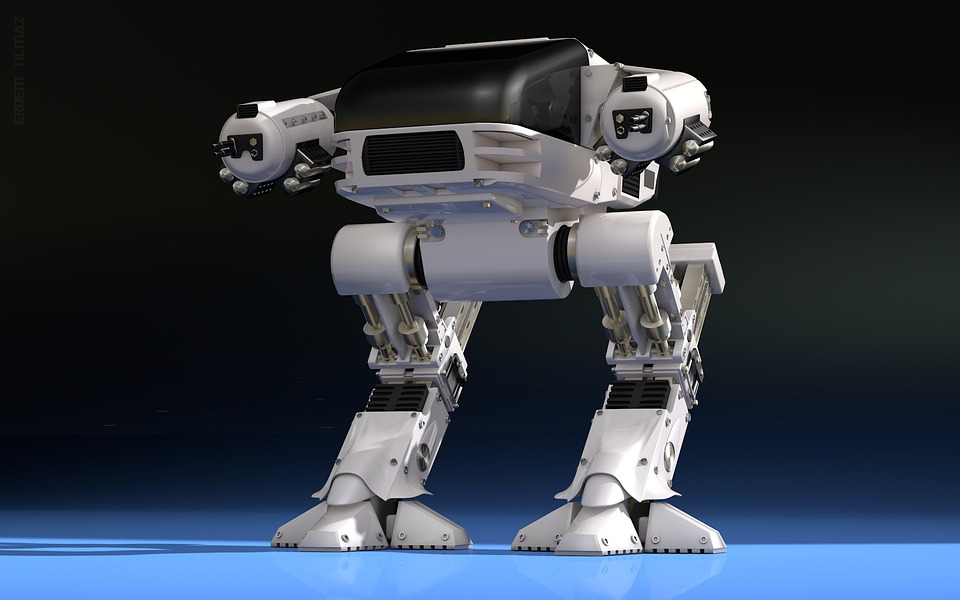Technology relies on discovery, and discovery depends on advancement of technology; and that is definitely true when it comes to Computational Intelligence. It is nearly a “catch 22” situation. Theories are produced by good science that get explored via experimentation and these experiments rely on theories for guidance. The CI discipline has ancient roots even though it is a fairly new field.
What is Computational Intelligence?
A science website defined computational intelligence as being the study of “intelligent agents” design. That might be confusing, and therefore the website further defines an agent as being something that acts within an environment. An agent acts. Thermostats and worms do this as well as people. An intelligent agent acts in such a way that it is appropriate for the situation in order to achieve a goal: an intelligent agent is able to learn and adapt.

Artificial intelligence (AI) is another phrase that is associated with CI. The human is the form of intelligent life that is usually cited, but there are other forms of intelligence as well. Organizations contain the totality of skills that make then even more intelligent than just one person. The same thing is true of ants. A single ant is probably not that intelligent, however, the colony can use its skills for constructing dwellings and find food. CI works in a similar way through experimenting with various computer systems.
What are the Differences Between CI and AI?

Basically the two terms are the same thing. The main goal of each them is to understand what actually makes intelligence possible. This study covers intelligence in artificial systems and in nature. Instead of using the term “artificial,” numerous scientists do prefer the term synthetic. The reason for that is the inferences that are made by the terms. The word ‘Artificial’ infers something that isn’t real. ‘Synthetic’ refers to something synthesized but that is still real. For example, a synthetic pearl still is a pearl, even though it isn’t natural. The agents are synthesized in order to investigate hypotheses. The main question is whether or not the reasoning was based on algorithms. Ideas are postulated by scientists that are used by engineers to create “artifacts” like computers that can perform numerous tasks that are generally viewed as being intelligent.
How Is This Science Used?
Although the main goal of this science is to understand intelligence and not how intelligent machines are constructed, some beneficial creations have resulted from experiments. The site Wise Geek listed robotics as being one example. Since ancient times individuals have been attempting to synthesize intelligence. There is a story dating from the third century BC regarding a man who creates an artificial man and he is taken to show the king, who was impressed by it.

Since the early twentieth century, robots toys have existed. These toys move, and in certain situations, respond to commands. However, the newest robots come with sensory devices that enable them to act as well as respond according to information received via their sensors. Another thing that robots are used for is for detecting explosives and then disarming or exploding them, to save human lives. The layouts and dimensions of a home are learned by automatic vacuums which then can function on their own. Cars and cell pones use voice recognition intelligence, which allows security systems to provide protection against hackers. The voice patterns of the manager or owner are learned by the computer and then respond to commands issued in this pattern.

For centuries now man has dreamed of creating synthetic intelligence, however the science is still a young one. As scientists continue learning more from their experiments, they continue to develop more theories. In turn, these lead to even more experiments. Those things can and will undoubtedly come from Computational Intelligence which will make the future be significantly different for everyone.





